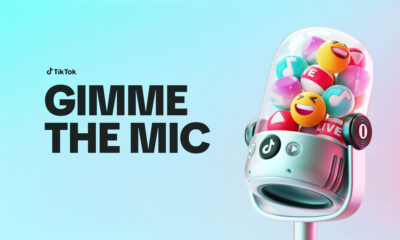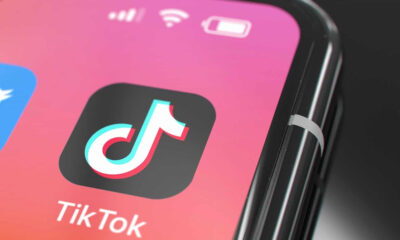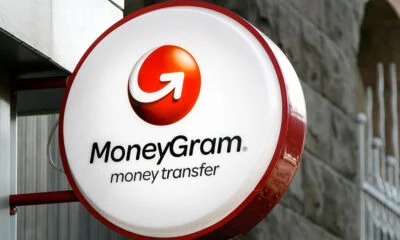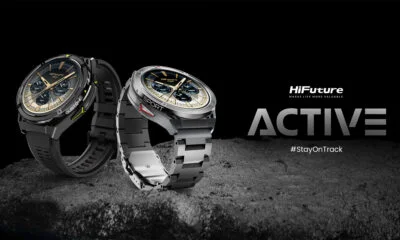News
TikTok Increases Video Length From 60 Seconds To 3 Minutes
Given that TikTok has around 1 billion users worldwide, it shouldn’t really surprise you that not all creators are happy with the expanded time limit.
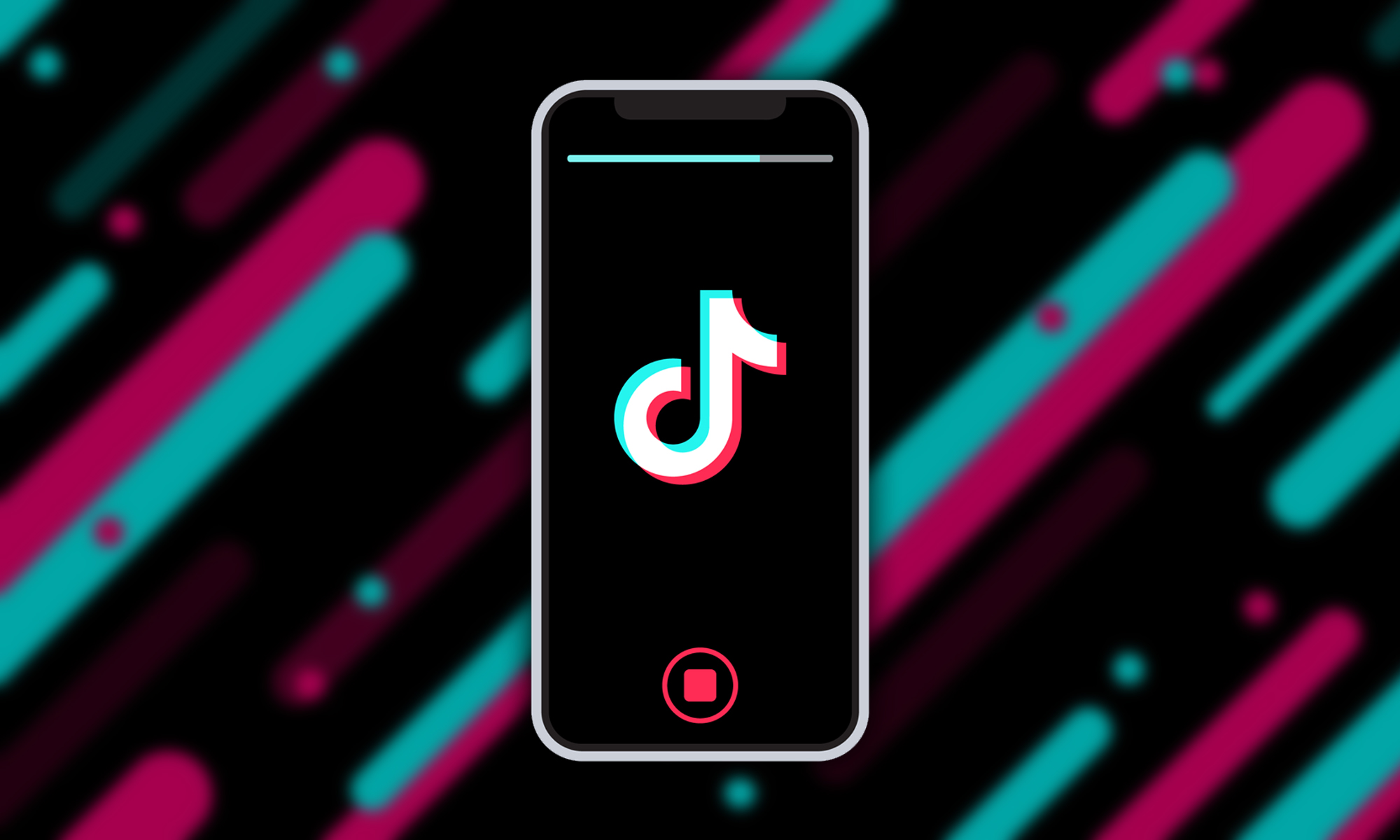
Social media sites depend on their users just as much as their users have come to depend on them. To keep users happy and avoid becoming another MySpace, they must listen to their feedback and evolve based on their changing expectations. TikTok has been carefully listening to its audience and has recently announced a feature that’s been highly requested.
Originally, TikTok videos were up to 15 seconds long, but that turned out not to be nearly enough for users to express themselves, so the limit was increased to 60 seconds. Now, TikTok is bumping the video length limit one more time — this time to 3 minutes.
“With longer videos, creators will have the canvas to create new or expanded types of content on TikTok, with the flexibility of a bit more space,” said product manager Drew Kirchhoff. “Some of you might have come across a longer video on TikTok already — we’ve been letting creators around the world experiment with the expanded format.”
In just a few weeks, all TikTok users will be able to share with the rest of the world videos that are up to 3 minutes long, which is guaranteed to be a boon to all creators of educational, demonstrational, and explainer content, among others.
Creating a 3-minute video on TikTok is easy. When you access TikTok’s camera function, you can swipe directly above the record button to switch between 15 seconds, 60 seconds, or 3 minutes.
Also Read: How To Use TikTok Auto Captions To Make Your Videos More Accessible
Given that TikTok has around 1 billion users worldwide, including approximately 100 million in the United States, it shouldn’t really surprise you that not all creators are happy with the expanded time limit. They fear that it could destroy what the platform has always been about: users sharing short, addicting video clips with lots of viral potential.
What’s certain is that TikTok can’t afford to lose its appeal with its main demographic (teenagers) because its main competitors, including Triller, Dubsmash, and Byte doing what they can to attract as many new users as possible.
News
HiFuture Wraps Up Successful GITEX GLOBAL 2024 Appearance
The electronics company wowed audiences at the world’s largest tech event with a range of wearable and smart audio devices.
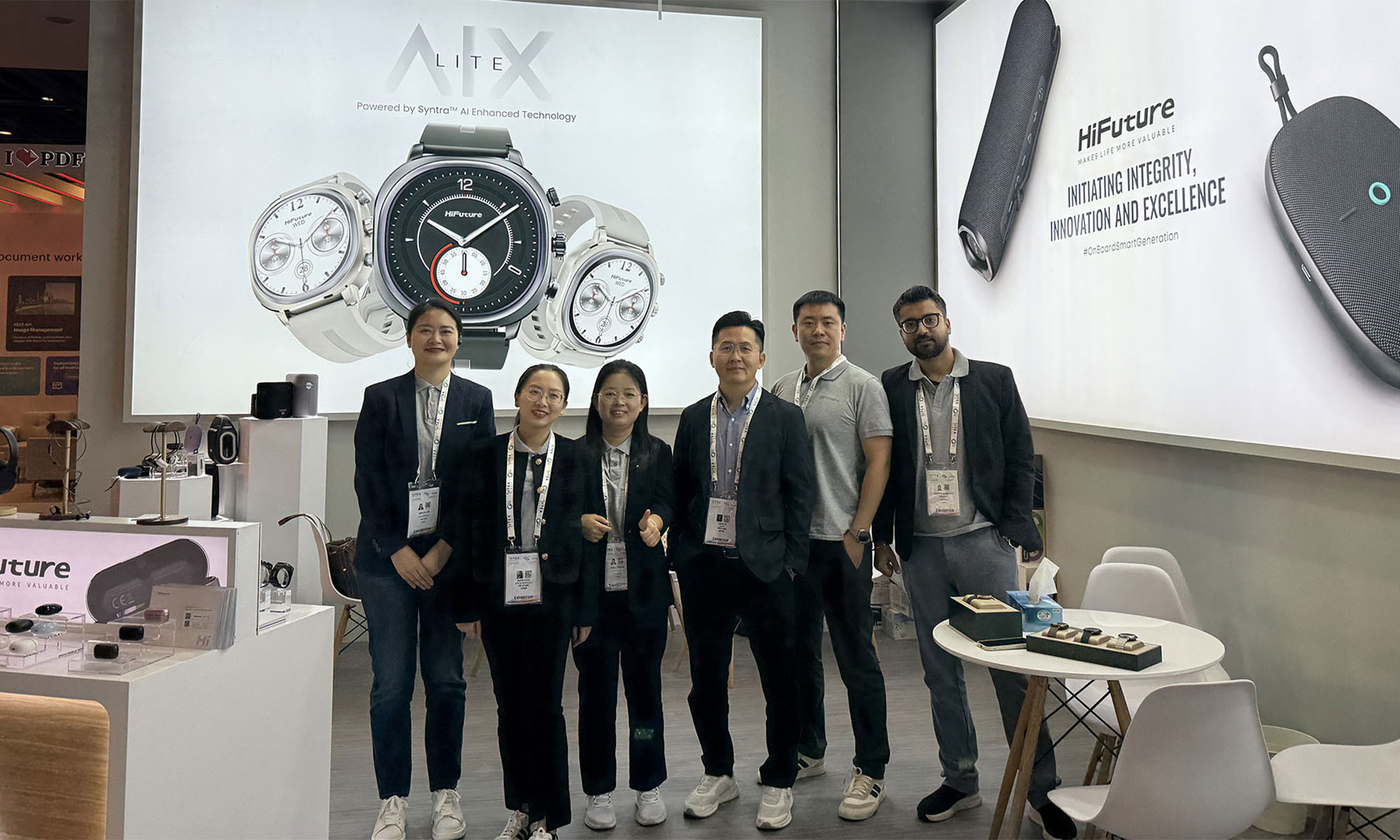
This year’s GITEX GLOBAL 2024 in Dubai saw a huge number of startups, electronics firms, and innovators from around the globe gather for the tech sector’s largest event of its kind. One company making waves at this year’s expo was Chinese tech group HiFuture, which showcased a range of products with a focus on wearable technology and smart audio.
At the HiFuture booth, the company captivated attendees with cutting-edge smartwatches like the ACTIVE and AURORA, along with a range of powerful wireless speakers, earbuds, and even smart rings. Visitors were eager to check out the sleek new designs on offer and even had the chance to test out some of the products themselves.
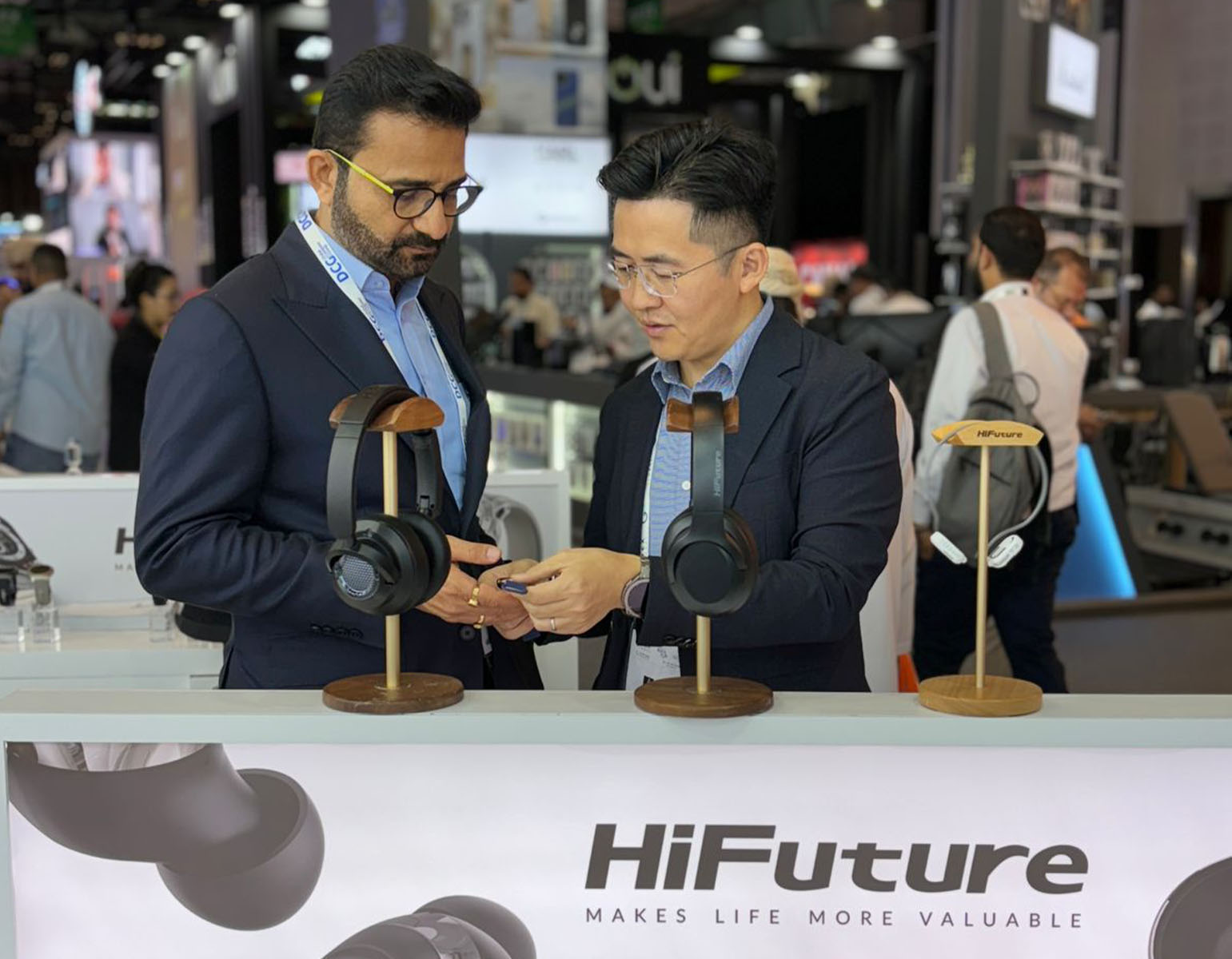
Among the highlights were smartwatches combining dual-core processors with customizable options. The devices blended style and technology, offering health monitoring capabilities, personalized watch faces, and advanced AI-driven functionalities, giving attendees a taste of the future of wearable technology.
On the audio front, HiFuture’s wireless speakers left a lasting impression, offering rich, immersive sound in compact, portable designs. These speakers cater to both intimate gatherings and larger celebrations, offering versatility for users. Meanwhile, the company also showed off its Syntra AI technology, which it claims “revolutionizes health and fitness tracking by combining advanced optical sensors with intelligent algorithms for precise, real-time insights”.
Also Read: How (And Why) To Start A Tech Business In Dubai
The presence of HiFuture’s leadership team at GITEX 2024 underscored the importance of this event for the company, with CEO Levin Liu leading a team of executives, all keen to engage with attendees and offer insights into HiFuture’s vision, product development process, and future direction.
Overall, it seems that GITEX GLOBAL 2024 has been a rewarding experience for HiFuture. The enthusiasm and curiosity of attendees shown to the company’s diverse range of products was obvious, with the HiFuture team leaving on a high note and clearly excited and motivated by the event.


